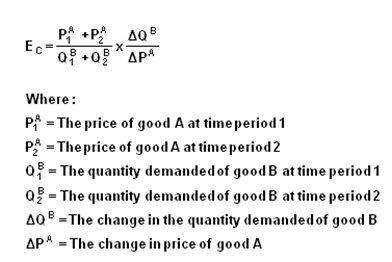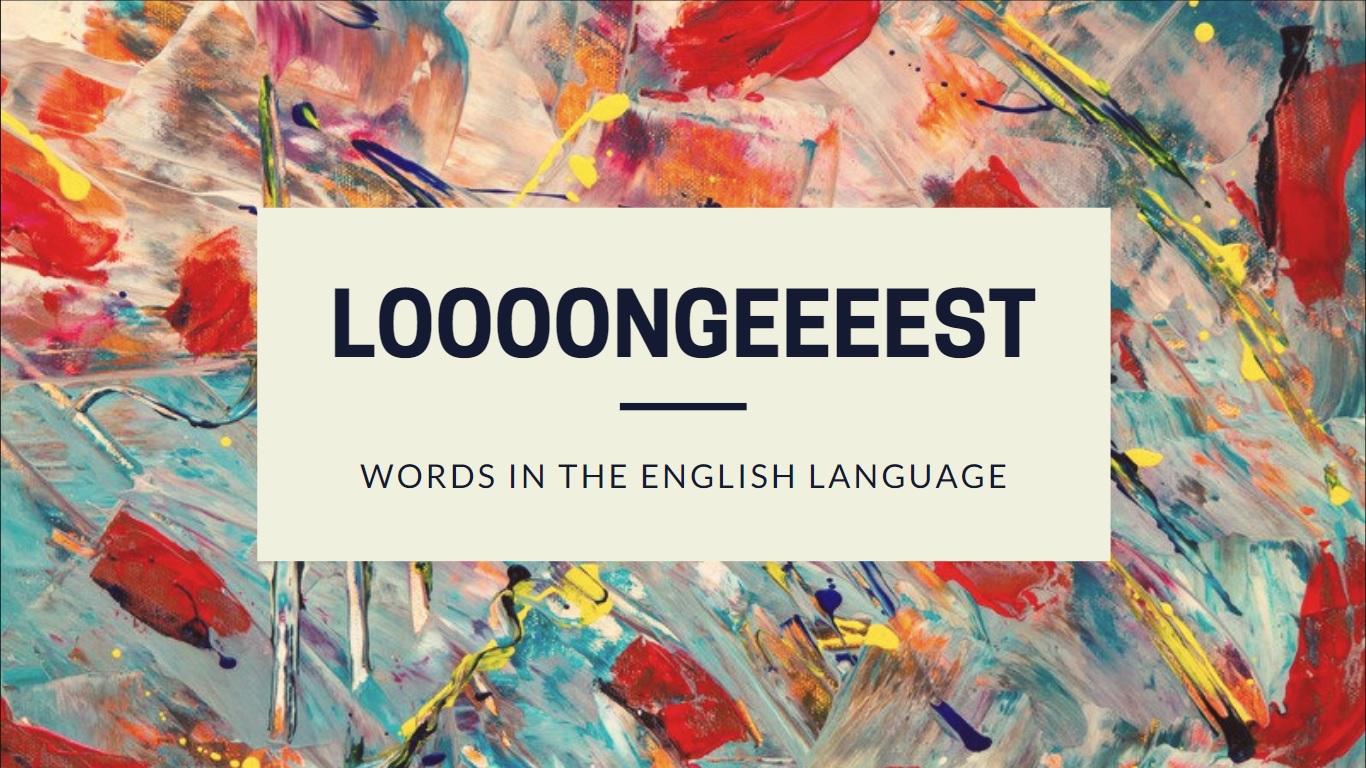- Home
- About Us
- Services
- Online Assignment Help
- Auditing Assignment Help Service
- Nursing Assignment Help
- Excel Assignment Help
- Advanced Economics Homework Help
- XML Assignment Help
- Strategic Management Assignment Help
- Logarithm Assignment Help
- Probability Assignment Help
- Matrices Assignment Help
- Commercial Bank Management
- Thesis Proposal Help
- Corporate Strategy
- Electrical Engineering
- Civil engineering
- Mechanical Engineering
- Electronics Engineering
- Financial Plan Development
- Research Paper
- Political Science Assignment Help
- Operations Management Assignment Help
- Computer Vision Assignment Help
- Commercial Bank Management
- IT Security Assignment Help
- College Essay Help
- Term Paper Help
- Medical Science Assignment Help
- Nursing Thesis Writing Help
- Religion
- Thesis Help
- Supply Chain Management Assignment Help
- Australia Assignment Help
- Cause and Effect Essay
- International Finance Assignment Help
- Statistics Assignment Help
- Computer Science
- Information Technology
- Bioinformatics Assignment Help
- Biostatistics Assignment Help
- Excel Assignment Help
- Taxation
- Research Proposal Help
- SAASU Assignment Help
- Auditing Assignment Help Service
- Workplace Learning in Finance
- Dissertation & Homework Help
- Custom Essay Writing Help
- Online Assignment Help
- Reviews
- Tutors

DEMAND
Demand in economics means a desire to possess a good supported by willingness and ability to pay for it. If you have a desire to buy a certain commodity, say a car, but you do not have the adequate means to pay for it, it will simply be a wish, a desire or a want and not demand. Demand is an effective desire, i.e., a desire which is backed by willingness and ability to pay for a commodity in order to obtain it.
LAW OF DEMAND
Demand for a commodity is related to price per unit of time. It is the experience of every consumer that when the prices of the commodities fall, they are tempted to purchase more. Commodities and when the prices rise, the quantity demanded decreases. There is, thus, inverse relationship between the price of the product and the quantity demanded. The economists have named this inverse relationship between demand and price as the law of demand.
Qdx = f (Px, M¯, Po¯, T¯,……….)
Here:
Qdx= A quantity demanded of commodity x.
f = A function of independent variables contained within the parenthesis.
Px= Price of commodity x.
Po = Price of the other commodities.
T = Taste of the household.
The bar on the top of M, Po, and T means that they are kept constant.
CROSS ELASTICITY OF DEMAND
An economic concept that measures the responsiveness in the quantity demand of one good when a change in price takes place in another good. The measure is calculated by taking the percentage change in the quantity demanded of one good, divided by the percentage change in price of the substitute good:
INCOME ELASTICITY OF DEMAND
A measure of the relationship between a change in income and a change in quantity of a good demanded:
PRICE ELASTICITY OF DEMAND
A measure of the responsiveness of the quantity demanded of a good to a change in its price. It is calculated as:
MONOPOLIST’S DEMAND CURVE
Under perfect competition, the demand curve which an individual seller has to face is perfectly elastic, i.e., it runs parallel to the base axis. The competitive seller being unable to affect the market price sells its output at prevailing market price. Hence marginal revenue, equals the price of the product. The average revenue is identical to its marginal revenue. Thus under perfect competition:
MR = AR = Price and the Three Curves Coincide and are Perfectly Elastic
AGGREGATE DEMAND
The total amount of goods and services demanded in the economy at a given overall price level and in a given time period. It is represented by the aggregate-demand curve, which describes the relationship between price levels and the quantity of output that firms are willing to provide. Normally there is a negative relationship between aggregate demand and the price level. Also known as “total spending”.
Consumption + investment + government spending + net exports
At HelpWithAssignm
At HelpWithAssignm
We deliver a well-researched academic paper tailored to your specifications at a fair price while ensuring timely delivery. Our service is known for providing top-scoring, plagiarism-free research papers. Additionally, we offer unlimited revisions and 24/7 customer support as part of our commitment to quality.
So, don’t hesitate—place your order today and receive expert academic assistance instantly!






